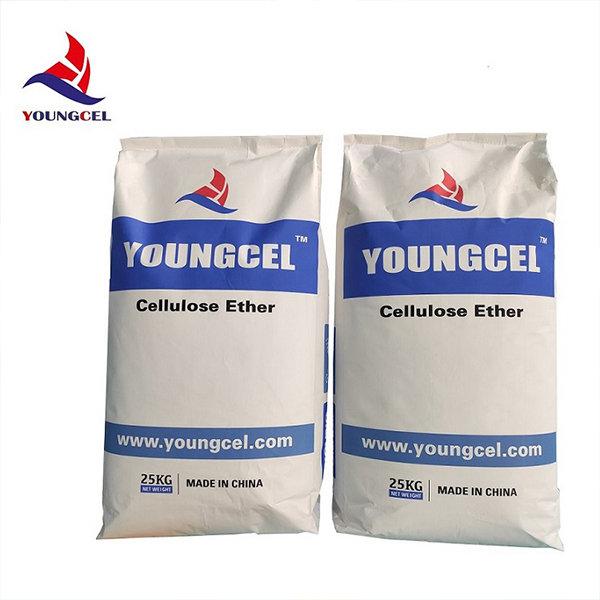Understanding Cellulose Ether The Case of Hydroxyethyl Methylcellulose (HEMC)
Cellulose ethers are a fascinating class of compounds derived from cellulose, a natural polymer found abundantly in plant cell walls. Among various cellulose ethers, Hydroxyethyl Methylcellulose (HEMC) has garnered significant attention due to its unique properties and wide range of applications across different industries. This article delves into the characteristics, production process, applications, and future prospects of HEMC, highlighting its importance in contemporary material science and engineering.
What is Hydroxyethyl Methylcellulose (HEMC)?
Hydroxyethyl Methylcellulose is a semi-synthetic polymer obtained through the modification of cellulose. The modification process involves the substitution of hydroxyl groups in cellulose with hydroxyethyl and methyl groups. The addition of these groups imparts distinct properties to HEMC, such as improved solubility in cold water, increased viscosity, and enhanced film-forming capabilities. The molecular structure of HEMC contributes to its effectiveness as a thickening agent, emulsifier, and stabilizer in various formulations.
Properties of HEMC
HEMC exhibits several key properties that make it suitable for numerous applications
2. Thickening and Stabilizing Agent HEMC effectively increases the viscosity of solutions, which is crucial in industries like construction, food, and pharmaceuticals. This property helps prevent the separation of ingredients and ensures consistency.
3. Film-Forming Capability HEMC can form transparent, flexible films, which are valuable in coatings and as a binders in various applications.
4. Biocompatibility As a cellulose derivative, HEMC is biodegradable and non-toxic, making it suitable for use in pharmaceuticals, food products, and personal care items.
cellulose ether hemc

Applications of HEMC
HEMC's versatility enables its application across numerous sectors
- Construction Industry HEMC is widely used in cement-based systems, such as tile adhesives and plaster. Its thickening properties enhance workability and improve adherence, while also extending the pot life of these materials.
- Pharmaceutical Industry In drug formulations, HEMC is employed as a suspending agent and controlled-release additive. Its ability to modify the release kinetics of active pharmaceutical ingredients is invaluable in the development of effective medications.
- Food Industry HEMC is utilized as a food additive, serving as a thickener, stabilizer, and emulsifier. It enhances the texture and shelf-life of various food products without compromising their quality.
- Personal Care Products HEMC is frequently found in cosmetics and personal care formulations, where it functions as a thickener and film-forming agent, contributing to the product's texture and application properties.
Future Prospects
The demand for HEMC is expected to grow in the coming years, driven by advancements in various industries focused on sustainability and performance. As consumers increasingly favor eco-friendly products, HEMC's biodegradable nature positions it as a desirable alternative to synthetic polymers. Additionally, ongoing research into the modification of cellulose and its derivatives may yield new grades of HEMC with tailored properties for specific applications.
In conclusion, Hydroxyethyl Methylcellulose exemplifies the versatility and utility of cellulose ethers in modern society. Its unique properties enable its application across a variety of industries, making it an essential ingredient in many products. As we move towards a more sustainable future, the importance of HEMC and similar cellulose derivatives will likely continue to grow, ushering in innovations that benefit both industry and the environment.






